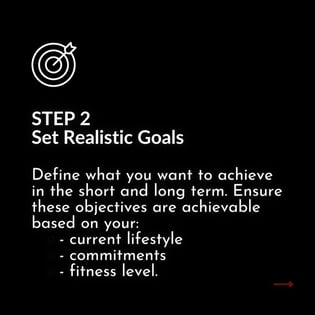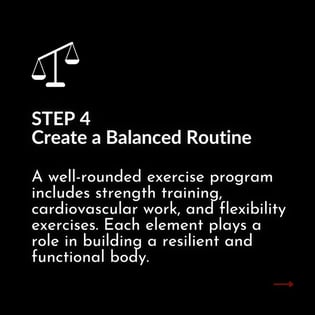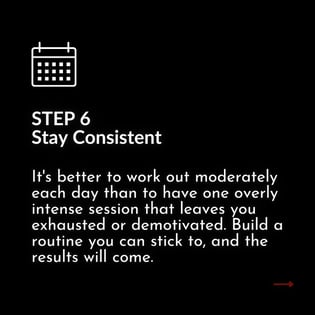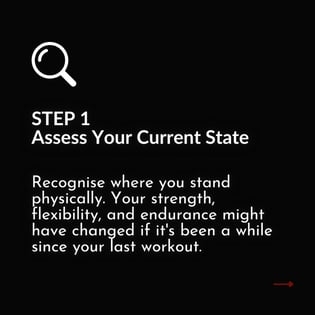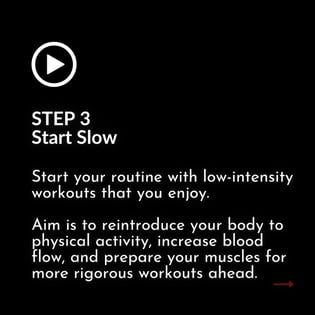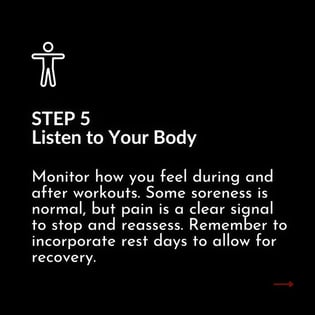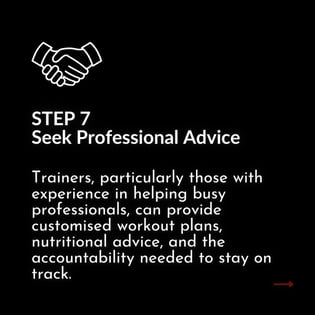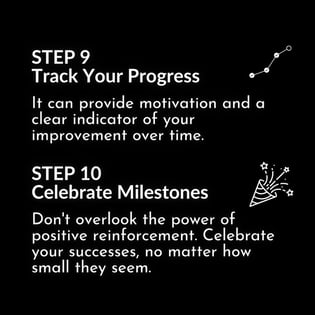Returning to Exercise: A Comprehensive Guide for the Busy Professional
Navigating the demands of a bustling career often means that our own physical well-being can unintentionally slip down the priority list. It's a common scenario for many professionals. When the scales of work-life balance tip heavily towards office hours and client meetings, our exercise routines may wane. But there's good news. Regardless of your fitness pause, resuming an active lifestyle can be done with a strategic and thoughtful approach, ensuring safety and effectiveness. Here's an expanded guide on how to reclaim your fitness stride:
5/18/20242 min read
Step 1: Assess Your Current State
Recognize where you stand physically. If it's been a while since your last workout, your strength, flexibility, and endurance might have changed. An honest assessment, possibly with the help of a health professional, can set the stage for a sustainable and personalized fitness plan.
Step 2: Set Realistic Goals
Ambition is commendable, but realism is key. Define what you want to achieve in the short and long term, but ensure these objectives are achievable based on your current lifestyle, commitments, and fitness level. These goals will act as your roadmap, keeping you focused and motivated.
Step 3: Start Slow
Ease into your routine with low-intensity workouts that you enjoy. This could be anything from walking or light jogging to swimming or cycling. The primary aim is to reintroduce your body to physical activity, increase blood flow, and prepare your muscles for more rigorous workouts ahead.
Step 4: Create a Balanced Routine
A well-rounded exercise program includes strength training, cardiovascular work, and flexibility exercises. Each element plays a role in building a resilient and functional body. Begin with bodyweight exercises or light weights, add moderate cardio sessions, and don't forget to include dynamic stretching or yoga to enhance flexibility.
Step 5: Listen to Your Body
Your body's feedback is invaluable. Monitor how you feel during and after workouts. Some soreness is normal, but pain is a clear signal to stop and reassess. Remember to incorporate rest days to allow for recovery, as they are as important as the workout days.
Step 6: Stay Consistent
Consistency trumps intensity every time. It's better to work out moderately each day than to have one overly intense session that leaves you exhausted or demotivated. Build a routine you can stick to, and the results will come.
Step 7: Seek Professional Advice
A tailored approach can dramatically improve your return to fitness. Personal trainers, particularly those with experience in helping busy professionals, can provide customized workout plans, nutritional advice, and the accountability needed to stay on track.
Step 8: Integrate Activity into Your Daily Routine
Look for opportunities to be active throughout your day. Opt for the stairs over the elevator, have a walking meeting, or try a standing desk. These small changes can contribute significantly to your fitness and energy levels.
Step 9: Track Your Progress
Whether it's through a fitness app, journaling, or simply noting down your workouts and how they felt, tracking your progress can provide motivation and a clear indicator of your improvement over time.
Step 10: Celebrate Milestones
Don't overlook the power of positive reinforcement. Celebrate your successes, no matter how small they seem. Completed all your workouts in a week? Reached a new personal best? These milestones deserve recognition and can propel you towards the next.
By adopting these steps, your journey back to fitness can be a rewarding and enjoyable process. It's not just about getting back to where you were, but setting the foundation for an even healthier and more active future. Remember, the journey to peak fitness is a marathon, not a sprint, and every step counts.

